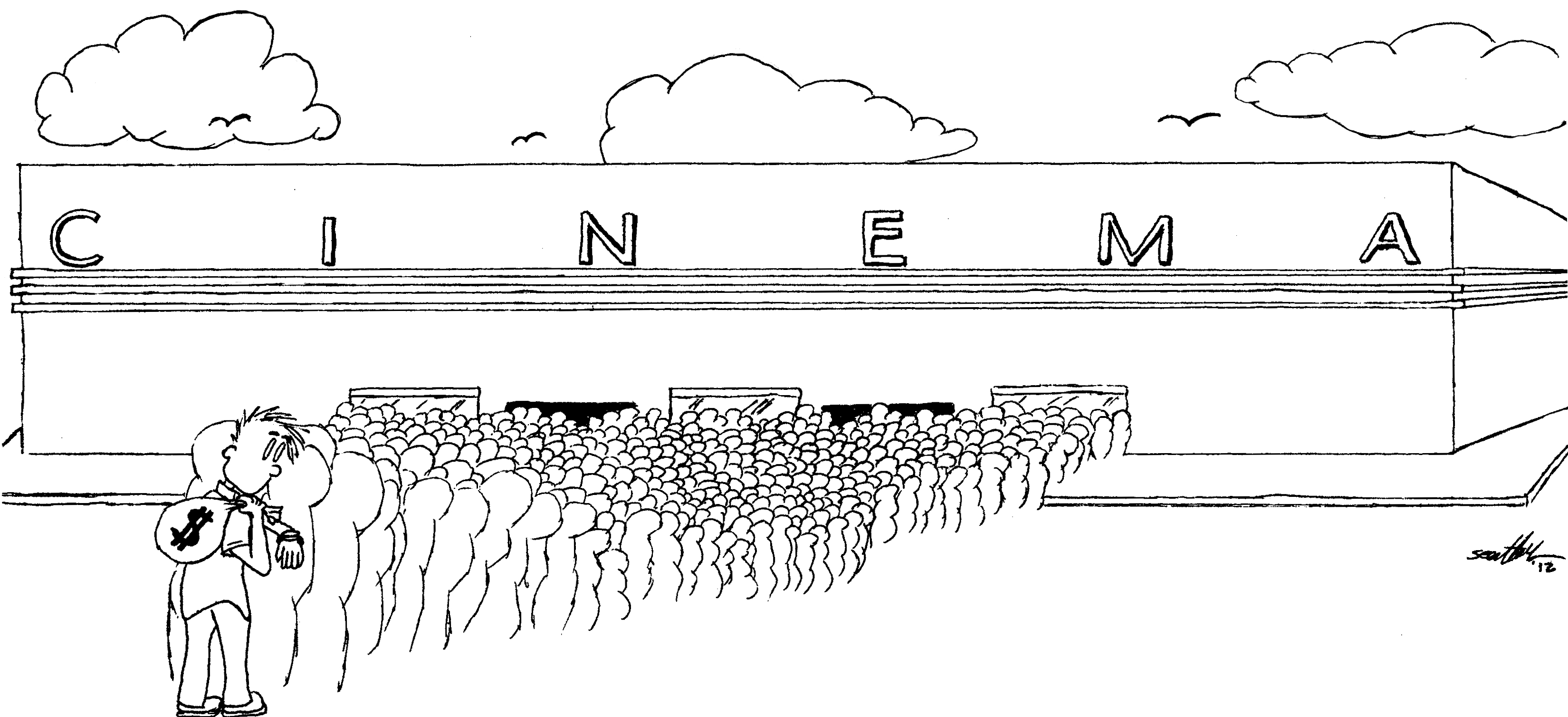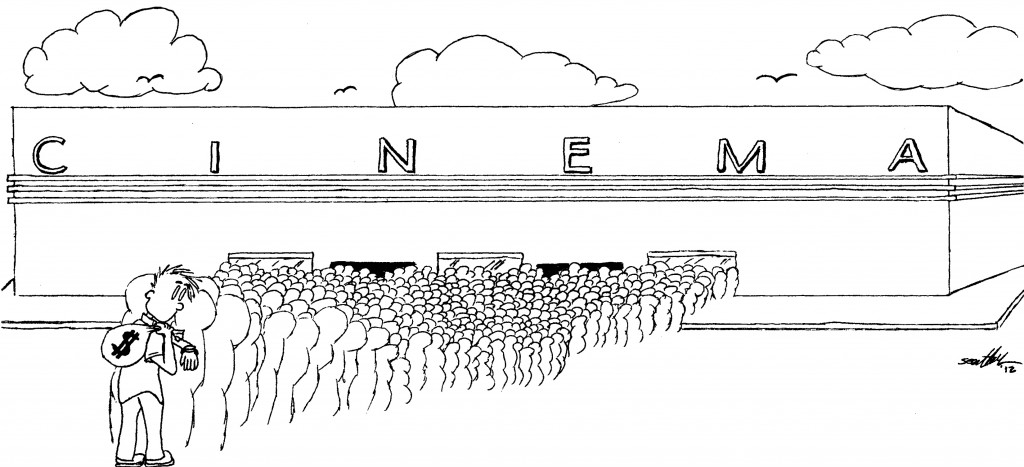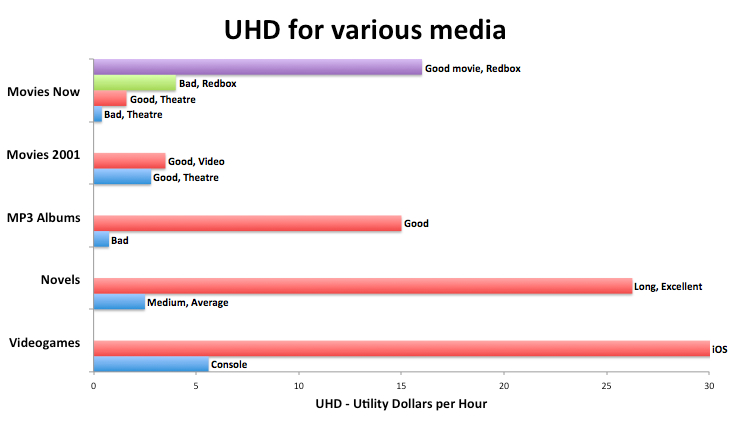The bigger picture is that 3D printing will not only upend manufacturing, but also packaging and distribution. It’ll change how we consume things by drastically increasing the scope of what’s available for consumption 1, and removing almost all of the friction between the creator and the consumer of those things.
Amidst these developments, an interesting domain where the implications of 3D printing are also evident is the realm of anime and game merchandise. Platforms like https://www.geekyinc.com are poised to leverage 3D printing’s potential, allowing enthusiasts to materialize their favorite characters and items with unprecedented ease and customization. Imagine being able to craft your treasured anime figurines or collectibles in the comfort of your home, thanks to this technology. This not only brings fandom closer to the creative process but also aligns perfectly with the democratizing spirit of 3D printing.
In essence, while the discussions surrounding 3D printing often center on its impact on manufacturing and accessibility, its far-reaching influence is reshaping entire landscapes. Whether it’s the way we shop, the goods we consume, or the unique items we hold dear from the worlds of anime and gaming, the undercurrent of change driven by 3D printing is undeniable.
There are obviously many potential applications for 3D printing, but the game changer is how 3D printers will impact regular old consumers. I think the best way to illustrate this is with a simple story:
Tommy heads off to brush his teeth while they wait on all his new school equipment to be delivered. Once he finishes brushing his teeth, he heads back to the living room, where all his new gear is sitting next to the family’s 3D printer. He puts the ruler, pencils, pens, paper and notebook in his new messenger bag and leaves it by the front door. He doesn’t need to try on his clothes because they were printed to his current specifications 2, so he takes those in his room and drops them on the floor next to his bed.
The next morning, Tommy wakes up, ready for his big day. But his mom won’t let him leave without a healthy breakfast. She tells the house to make Tommy a couple scrambled eggs with cheddar cheese on them, and a piece of wheat toast with strawberry jelly. A few minutes later, Tommy’s breakfast is ready and waiting under the hood of the family’s food printer. Tommy eats up, and then heads off for his big day at school.
- Why is Tommy using paper and pencil at school? Shouldn’t he be using tablets or something? He should definitely be using a tablet, or a “smart desk” or something, but I had to come up with stuff for Tommy to take to school and I didn’t want to spend a lot of time thinking about it.
- Ah, but where’d the materials used in the printers come from?! Well, at first I think 3D printers will be stocked similarly to 2D printers–we’ll buy buckets of a few basic materials and load them into the printer. Eventually, maybe that stuff will be piped into our homes so we don’t have to go get it. And ultimately, the printers will be materials-free like tele porters in StarTrek. I have no idea how this would work, but it seems like this is an application for a mature understanding of quantum entanglement or home-sized particle accelerators or something.
- How is the stuff “delivered” from Amazon? Digitally, just like pictures, music and movies are delivered online today. Amazon would just send a digital file (“TommysMessengerBag.3DP”) to the printer, and the printer takes it from there. The product is a one-time-use, DRM-protected digital file, which is created by Amazon or another vendor. This will be true for almost everything – companies (brands) will sell digital downloads of their products. In this story, the pencils Tommy bought would be Paper Mate pencils.
- Why wouldn’t Tommy just design his own pants and print them off? The same reason I don’t grow my own strawberries. But the bigger reason is that brands and styles will still exist, and Tommy has better things to do than try to ape those brands and styles with his own homemade version. This is sort of like asking why I buy Levi’s 514s when I could just make my own at home. I have better things to do.
I’m curious what other questions people might have about this, and I think it’s fun to think about. This is not sci-fi, it will happen. The question is really how long it will take before the story above is totally plausible. I have no idea, but I’m thinking something like 2030. How fast this happens really depends on how well Moore’s law will apply to 3D printing. My guess is it will apply pretty well, so things should start ramping up here in the next decade.
Links to cool stuff about 3D printing
FOOTNOTES:



